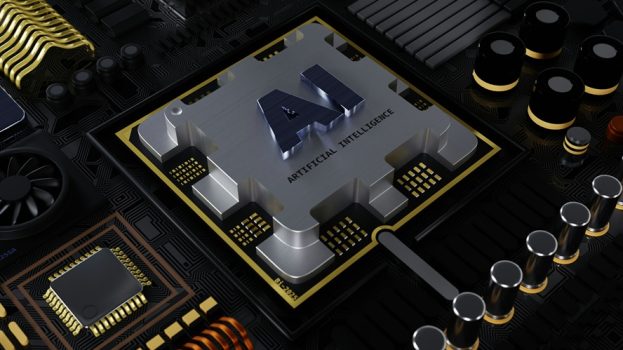Techno shopping carts are a reality as retailers pony up to woo tech-savvy shoppers.
“Consumers today, especially those under the age of 30, not only know technology, but they expect retailers to continue to adapt innovations at the same pace,” says John Scott, president, the Canadian Federation of Independent Grocers. “Techno shopping carts represent the needs and desires of a youthful, plugged in generation, and if a grocery store can engage their customer through personal interaction with their shopping cart instead of on their smartphone or tablet while shopping, it is very much a win for that retailer.”
From November 2009 until March 2010, Loblaw teamed up with Toronto-based retail shopping tech company Mercatus Technologies (formerly Springboard Retail Networks) to test run its Concierge Smart Cart system, a touchscreen computer for the shopping cart. Customers could scan their loyalty cards to log into the device and have it access their personal shopping info, enabling them to manage shopping lists they had created at home on the retailer’s website, search for products in-store, access relevant promotions and advertising based on that info or on their location in the store, and view a digital version of store flyers. They were even served up recipes.
“We want to help our [retail] clients achieve a competitive advantage and use technology to engage their customers, basically offering them convenience, utility and service to enhance the shopping experience and deepen their relationship with the retailer,” says James Thomas, director, strategy, Mercatus Technologies.
While the upshot of that trial run is still being considered, it’s been quiet on the Canadian front, but not so in the rest of the world. In China, South Korean telco SK Telecom recently started testing a “smart cart” at Shanghai Lotus Supermarket wherein carts integrate with smartphones to provide store and product info tailored to the shopper’s needs. In the UK, Tesco is piloting an Android-only app that lets customers enter their shopping lists to view a map of where each item sits in the store. In the US, Stop and Shop launched a software app in April, care of Boston-based mobile shopper marketing company ModivMedia, in three of its Boston stores that allows customers to scan grocery items and add them to a digital list that tallies their total and relays that info to a checkout register.
Techno carts aren’t gaining as much traction in Canada for one main reason, says shopper marketing guru Jason Dubroy, VP, shopper marketing, DDB Canada: cash. “I think the cost of the system is the one major drawback of implementing it because the technologies are up and they’re being used in grocery stores around the world,” says Dubroy. “With the consolidated nature of our retail environment, very few players would even consider jumping on board something like this, outside of some boutique operators.”
Thomas echoes the competition sentiment, noting that pretty much all of Mercatus’ clients are located in the US, though the company plans on reaching out to Europe and the Middle East in 2012.
“It’s not that Canada isn’t forward-thinking in terms of technology – far from it” says Thomas. “It’s just that the competition in Canada isn’t as intense. You think about some of the regional players in the States and you’ve got several retailers that are competing very closely with each other, so the desire to find the next piece of technology that offers them that competitive advantage is a lot greater.”
He points out, however, that Mercatus has had discussions with Canadian retailers about its Concierge Smart Cart solution and they’re still working with Loblaw.
“Who knows where we will end up in the future, but we’re still analyzing the results of the pilot, so, at this point in time, it’s not a case of [whether it’s] going to happen, it’s really a case of when.”
























